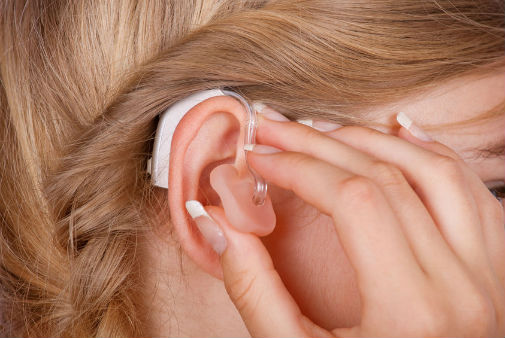Potential harm from medical instruments not made clear in studies
Posted on 3 July 2019

Medical devices cover a range of procedures, from high-tech equipment used in complex heart surgery to medical grade mattresses and hearing aids.
The researchers say too many studies use “inconsistent terminology” and poor reporting when describing the potential adverse effects, which makes identification of these studies challenging.
The wide variety of terms are used, include: complication, safety, failure, problem, side effect, adverse event, loosen, removal, migration.
The authors of the report say part of the problem could be that the regulatory requirements for research evidence on the safety of new devices is less stringent than those for medicines.
Health policies
Researchers argue that it is essential that potential harms are made clear in medical reviews to fully inform medical practice, health policies, and ultimately, patients.
Medical devices are defined as equipment, instruments, software or related articles intended for use in healthcare. They cover a range of procedures, from high-tech equipment used in complex heart surgery to medical grade mattresses and hearing aids.
Medical devices have been linked to 1.7 million injuries and nearly 83,000 deaths over the last decade in the UK.
As part of the research the University of York team analysed nearly 2,000 studies on medical devices, looking for adverse side effects.
Regulatory requirements
Dr Su Golder, a Research Fellow with the National Institute for Health Research (NIHR) in the University of York’s Department of Health Sciences, said: “Whilst much attention is paid to the side effects of drugs, it is just as important to consider the potential harm of medical devices.
“We only have to look at the news to see stories of the potential harm they can produce. However, regulatory requirement for medical devices are less stringent than for drugs and less research is undertaken.”
Appropriate advice
Finding the research that has been undertaken is also difficult, even for academics, and the researchers recommend the development of bespoke search filters.
“Search filters may be useful not only for librarians and information professionals but also for clinicians, researchers and policy makers. A relatively efficient method of retrieving useful information would enable decision making in clinical practice to generate appropriate advice on the benefit or harm of medical devices,” Dr Golder added.
Further research on larger datasets is required in order to measure the precision of searching for adverse effects of medical devices and to test the suggested search filters with more rigour.
Further information:
The National Institute for Health Research (NIHR) is the nation's largest funder of health and care research. The NIHR:
- Funds, supports and delivers high quality research that benefits the NHS, public health and social care
- Engages and involves patients, carers and the public in order to improve the reach, quality and impact of research
- Attracts, trains and supports the best researchers to tackle the complex health and care challenges of the future
- Invests in world-class infrastructure and a skilled delivery workforce to translate discoveries into improved treatments and services
- Partners with other public funders, charities and industry to maximise the value of research to patients and the economy
The NIHR was established in 2006 to improve the health and wealth of the nation through research, and is funded by the Department of Health and Social Care. In addition to its national role, the NIHR supports applied health research for the direct and primary benefit of people in low- and middle-income countries, using UK aid from the UK government.
Explore more news

Character from unfinished Jane Austen novel reimagined in special portrait
Thursday 31 July 2025

“Window of opportunity” to address heritage concerns of Cambridgeshire rail project, say researchers
Tuesday 29 July 2025

Poor diets fuelling health crisis in the North, report reveals
Wednesday 23 July 2025

Nightjars at real risk from decreasing genetic diversity, researchers warn
Tuesday 22 July 2025

A ‘millet mystery’ in ancient Japan reveals a complex picture of agricultural adoption, research shows
Monday 21 July 2025
Media enquiries
About this research
The study is published in Health Information and Libraries Journal.
